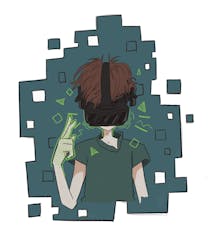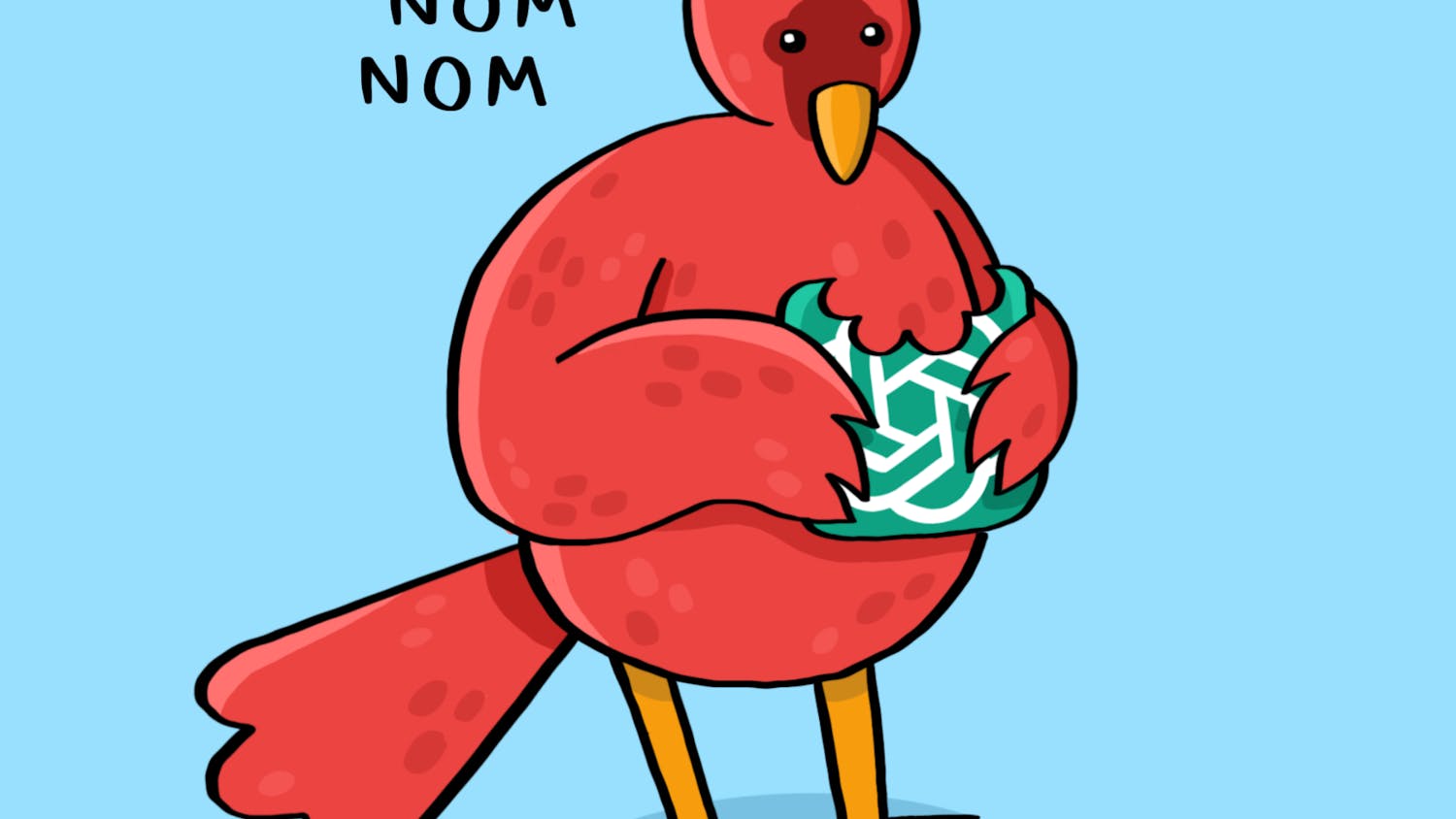Engineering can become bogged down by calculations, drawings and theories behind complicated methods and technology. Students pursuing a degree in Engineering are taught how to solve problems and predict things like how much strain certain materials can endure, but some say there is not enough of actually “doing” in real-time — not enough of applying the theory into something that is actionable.
The UW-Makerspace is giving students and staff the opportunity and space to put the theory into practice with state of the art technology — allowing engineers, artists, designers and entrepreneurs to actualize their ideas and projects.
Lennon Rodgers, the director of the Makerspace — formally known as Grainger Engineering Design Innovation Lab — came to UW-Madison three years ago to develop the space. After receiving a Ph.D. in Mechanical Engineering from MIT, Rodgers set up similar spaces at MIT, Singapore and Russia, before coming to UW to work on the Makerspace.
Rodgers takes pride in helping to cultivate a space that fits in a larger context of giving engineers a place to do hands-on learning and practice to not only their schoolwork but their own ideas as well.
A trend dating back to World War II has pulled engineers from hands-on tinkerers to more theory-based practices and calculations. “I had relatives that were engineers and physicists back [during the war], and at that time physicists were kind of what you consider an engineer now; so they were building the nuclear bomb and other things,” Rodgers said.
“If you think about the word ‘engineer’, with “engine” in it, it was the gas engine that had just come online and stuff like that. They were like mechanics essentially; they were wrenching on these new locomotives and building buildings, but they didn’t do a lot of theoretical work,” Rodgers said.
With the surge of support for defense funding and research, engineers were swept into theoretical work, which didn’t change for a long time. While this is how it’s been, in the last 10 years there has been an attempt to swing back to more hands-on methods, explained Rodgers. That’s where spaces like the Makerspace come in to play.
The facilities include 25,000 square feet of shop and malleable space with a wide range of rapid prototyping equipment. It gives students and staff access to 3-D printers, laser cutters, a machine shop, virtual reality, among others.
All of these services and equipment are offered to Engineering students with the right certifications, but are also available to others not in engineering if they apply and obtain an “M-pass”, which gives access to the equipment for approved research or non-research projects.
Makerspace staff hold workshops to teach anyone at UW-Madison how to operate and do different things with their equipment. For example, they offer a workshop on how to make an electric skateboard.
All the workshops are taught by student staff, who are mostly engineers but some art, design, and School of Human Ecology students have done this work as well. It’s a space where students can learn in a social context, yet not necessarily know they are learning.
The Makerspace also strives to make students more attractive to employers. While students have spent the majority of their college studies learning theory, Makerspace is seeking ways to give them experience in the other aspects of a job, by going beyond strictly engineering work and offering interdisciplinary programs.
The combination of an interdisciplinary and hands-on approach is captured in the work of veterinary orthopedic surgeon and UW-Madison faculty member Jason Bleedorn, Rodgers said.
Bleedorn — who stows freshly printed fixtures in his backpack before heading to surgery — uses the space because “he likes working with Engineering students.”
By fostering such interdisciplinary and hands-on work, the Makerspace hopes to assist students in discovering their potential as citizens and professionals, Rodgers said, who surveyed 250 companies at a career fair.
97 percent of companies reported interdisciplinary education as the most salient experience a job candidate can have.
They are making something useful by applying practical skills in a hands-on environment, Rodgers said, adding that entrepreneurship plays an important role in the Makerspace.
“It is not just engineers that are able to do it. We’re creating interdisciplinary programs that bring people from business and the humanities,” he said.
Rodgers and his team are already beginning to craft degree plans based on this thinking.
“We have a new master’s degree that is with 5 schools and colleges; it’s with the business school, college of engineering, art, Information school, school of human ecology. And it’s all about bringing those disciplines together to create products or services,” Rodgers said.

Makerspace offers virtual and augmented reality equipment.
Education in the Makerspace is focused on student immersion, Rodgers said, referencing “Bill and Ted’s Excellent Adventure” — a film where two students use a time machine to complete their history presentation. Visualization tools such as virtual and augmented reality have the ability to make complex subjects more tangible for students.
“I bet if you surveyed people about computers when they emerged, they wouldn’t have understood the effect it would have on their business and on their lives. It’s definitely early. Education is kind of getting into it. Some companies are starting to explore but it’s just very early on,” Rodgers said.
The allure of the UW Makerspace is captured by a simple phrase on their website — “where limits don’t exist.”
For Lennon Rodgers and other users of the Makerspace, this phrase rings especially true. The facilities’ technologies — including 3-D printing, laser cutting, a machine shop, virtual reality, among others — center students’ work on creating. More environments where students and staff can develop ideas into useful products or services must be developed as education continues evolving.
State news and Science writer






